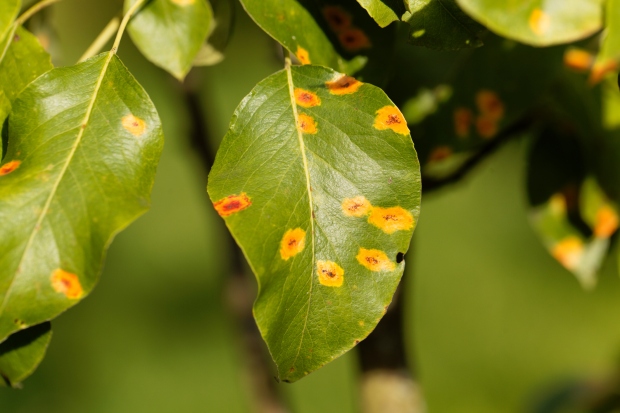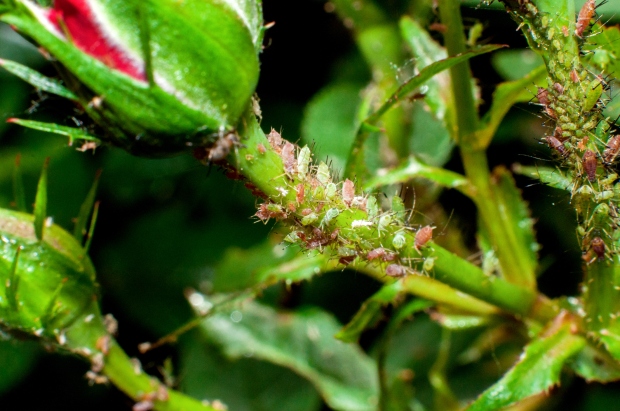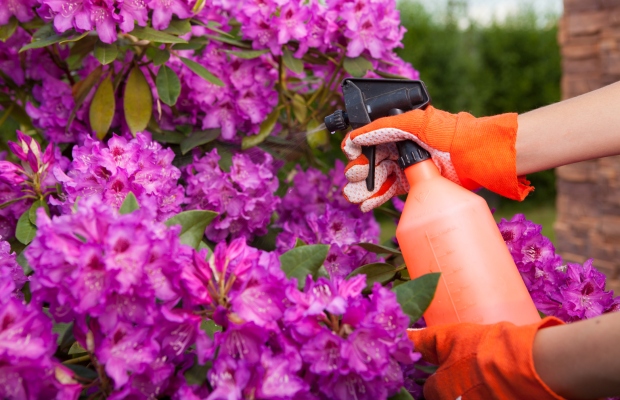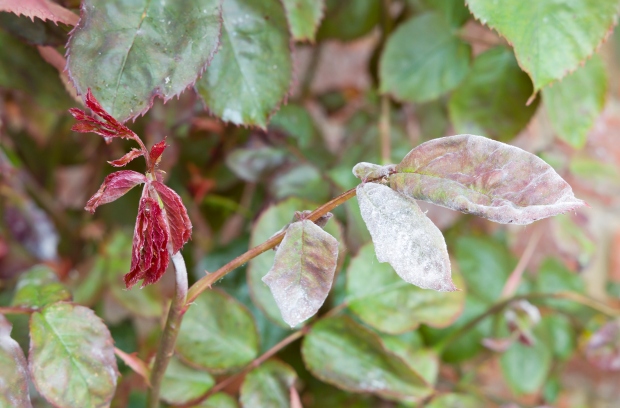Monitoring Your Flowers for Pests and Diseases
Pest and disease problems can be challenging to flower beds, and they can quickly damage plants and reduce yields, making it essential you regularly monitor for issues. To minimize the effects, you need to treat problems rapidly.
Signs of Distress to Watch For
Many symptoms can appear when plants have insect or disease problems, making it challenging to figure out the problem.
However, plants most commonly show us distress in the following ways:
- Stunted growth
- Distorted, wilted, or yellowed leaves
- Premature leaf drop
- Unusual spots on leaves

When you see these symptoms, it’s a signal to look closely at your plant(s) to determine the problem so that you can treat it.
Common Garden Insects and How to Treat Them
Insect pests in your plants are one of the most frustrating aspects of growing flowers. You need to constantly scout for infestations and treat them quickly once found.
Some of the most common insects include:
- Aphids
- Spider Mites
- Whiteflies
- Scale
- Borers
- Leafhoppers
- Japanese beetles
- Mealybugs

If you spot bugs in your flowers, the first thing is to try to remove pests, if possible physically. An easy way to do this is to spray the plants with a stream of water to knock them off.
Once you’ve removed those, you can spray the entire plant with insecticidal soap or neem oil. The plants may need to be treated more than once.

Common Flower Diseases and How to Treat Them
An extensive list of fungal, viral, and bacterial diseases affects plants. Some of these are specific to species, and others infect plants regardless of the type.
Some of the most common diseases that wreak havoc on flowering plants, and show no preference for species, are:
- Powdery mildew
- Fungal leaf spots
- Gray mold (Botrytis)
- Viral diseases
- Root rot

Unfortunately, when it comes to many of these diseases, treatment options are limited, if they are any at all. Once you notice infected plants, the best action is often to remove them from the flower bed and throw them away.
In some cases, sulfur or copper-based fungicides can be used if the disease isn’t too severe.
Why Is Prevention Better Than Treatment?
Since many diseases are untreatable, and insect infestations can quickly destroy your flowers, it’s essential to try to prevent problems. It’s easier to prevent issues than to scramble to control a situation.
Common prevention practices include:
- Watering the soil, keeping water off the plant’s foliage.
- Keeping the soil surface free of leaves and debris.
- Watering plants earlier in the day.